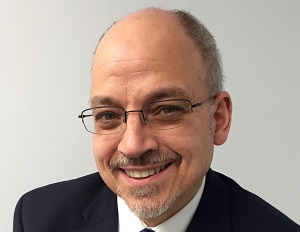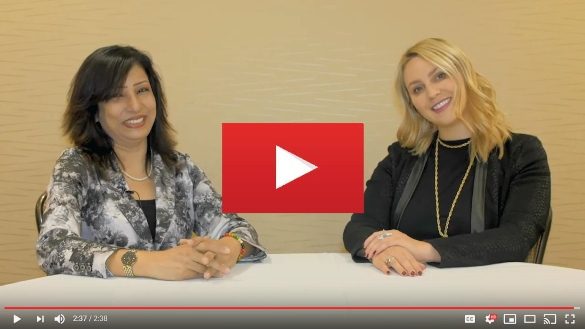by John C Comisi, DDS, MAGD
LED lights are a great asset to today’s dental practice. LEDs do not require fans for cooling, so they are smaller, quieter, and more convenient than halogen lights. However, clinicians should be aware of potential challenges posed by these high intensity curing lights.
A study published in the Journal of Dentistry in 2017 surveyed 1313 dentists in Norway regarding safety awareness and their knowledge of the practical use and technical features of their curing lights. Over 55.8% of those surveyed respond to the survey. The results showed that the average length of light cure of a typical layer of composite was 27 seconds. Almost one-third of respondents used inadequate eye protection against blue light, and 78.3% of the respondents were unaware of the irradiance value of their curing lights. Interestingly, regular maintenance was not performed by many dentists in this group.
The implications of this article are troubling for two reasons:
1. The wavelength of light emitted from LEDs can cause irreversible eye damage.
2. Unlike halogen lights which “blow out,” it is harder to tell when an LED light no longer provides sufficient energy to polymerize the resins in restorative materials.
Proper eye protection is absolutely essential for both the dental team and the patient. Safety is always our first concern.
The routine use of a digital radiometer with a numerical readout is absolutely necessary to ensure sufficient irradiance energy to fully cure resin-based materials. Otherwise, practitioners run the risk of under-curing resin-based materials. Unpolymerized resins can result in what I like to call a “Tootsie Pop” restoration, i.e., crunchy on the outside and soft on the inside, which can lead to patient sensitivity, pulpal necrosis, and restoration failure.
Reference
1. Kopperud, et al. Light curing procedures-performance, knowledge level and safety awareness among dentists. Journal of Dentistry 2017;58:67-73.

About Dr. John Comisi
Dr. John Comisi is the president and CEO of Sleep Focused Solutions and an assistant professor of the Medical University of South Carolina College of Medicine. He is a graduate of Northwestern University Dental School, a master of the Academy of General Dentistry, and a Scientific Advisory Board member of the Dental Biomaterials Science and Research Group. He holds Fellowships in the Academy of Dentistry International, the American College of Dentists, the Pierre Fauchard Academy, and the International College of Dentists.



